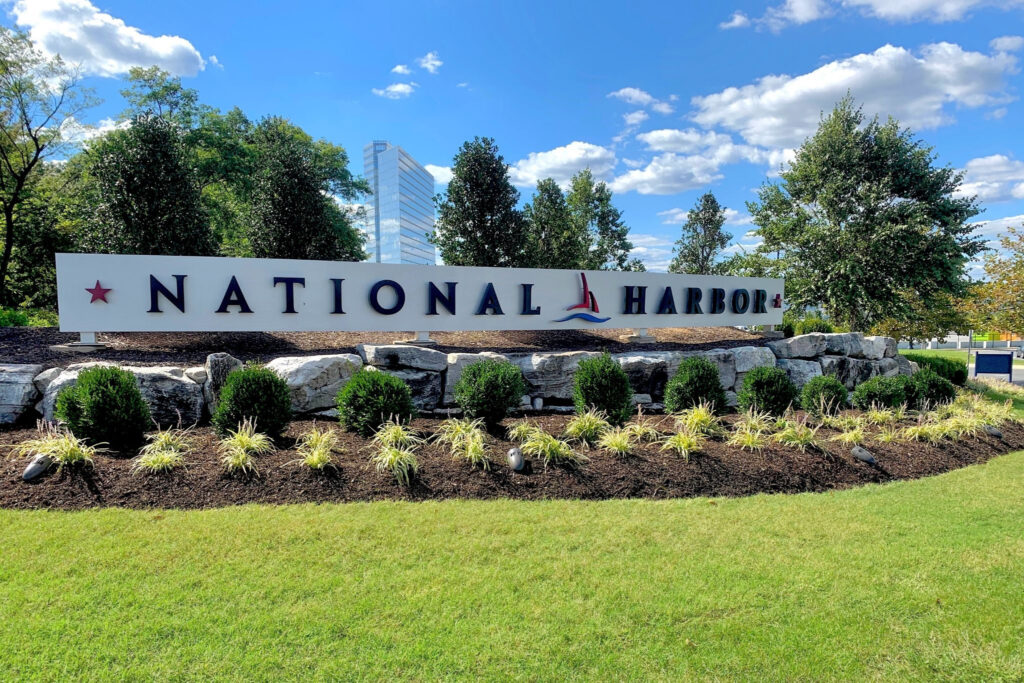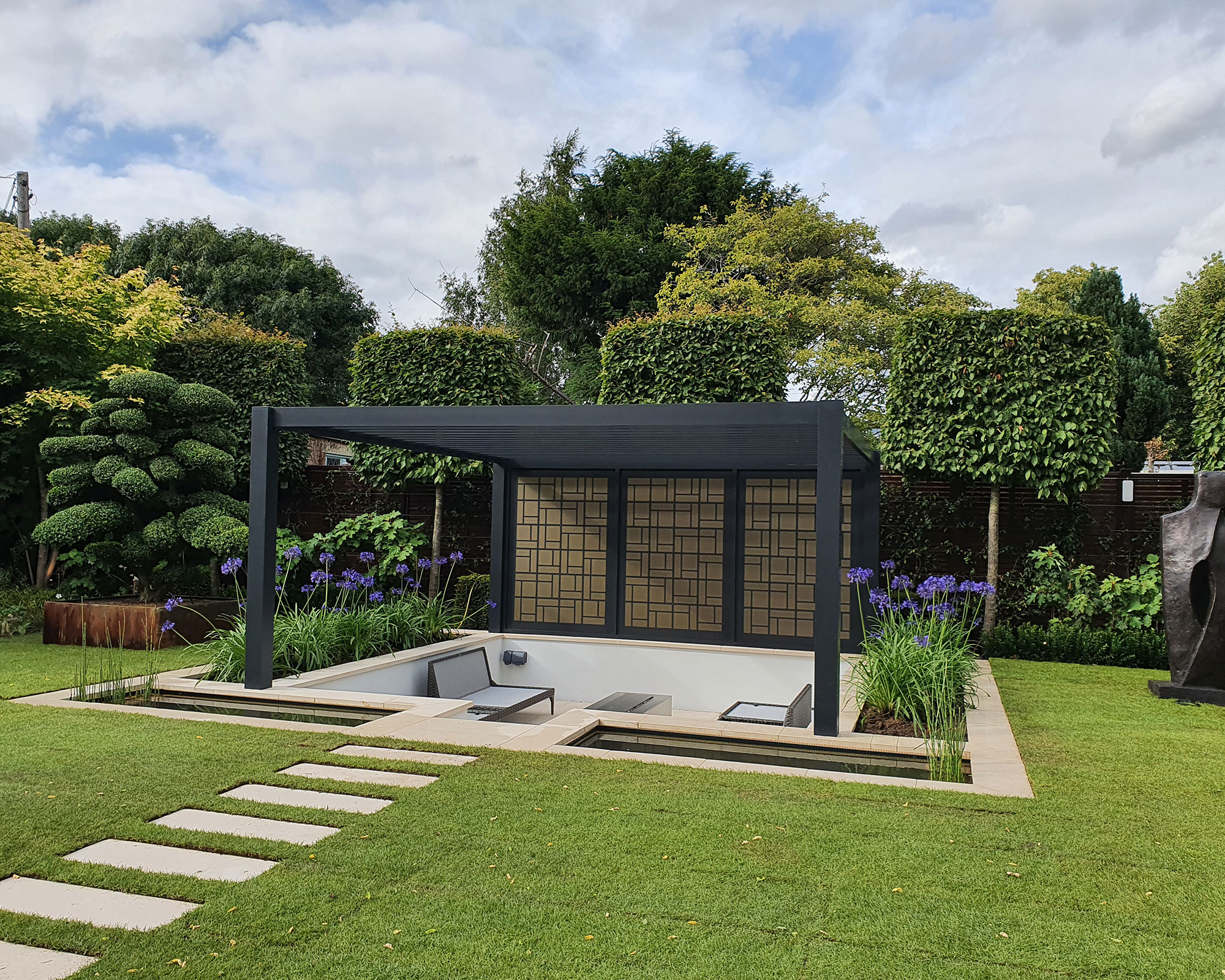The 6-Minute Rule for Hilton Head Landscapes
The 45-Second Trick For Hilton Head Landscapes
Table of ContentsHilton Head Landscapes for DummiesFacts About Hilton Head Landscapes RevealedLittle Known Questions About Hilton Head Landscapes.The Ultimate Guide To Hilton Head LandscapesThe Buzz on Hilton Head LandscapesOur Hilton Head Landscapes StatementsThe Basic Principles Of Hilton Head Landscapes The 4-Minute Rule for Hilton Head Landscapes
Kind compatibility is additionally a significant part of unity in designone or 2 noticeably different kinds are excellent for comparison and emphasis, but generally all various other types must have some similarities for an unified look. Appearance refers to exactly how rugged or great the surface area of the plant or hardscape product really feels and/or looks.
Instances of plants with rugged texture include philodendrons, agaves, bromeliads, hollies, palms, and hydrangeas. Qualities that create fine texture consist of small vegetation; thin, strappy fallen leaves (grasses) or high, slim stems; tiny, thick branches and small branches; long stems (vines); and tiny, delicate blossoms.
The Of Hilton Head Landscapes
Most plants are moderate appearance, in that they can not be described as having either rugged or fine texture. They are characterized by medium-sized leaves with straightforward forms and smooth edges. The average-sized branches are not densely spaced neither commonly spaced, and the general kind is generally rounded or mounding. Medium-textured plants work as a background to web link and link the crude- and fine-textured plants.

To make a space really feel smaller, position the crude textures along the outer border and the fine appearances closest to the visitor. The information of the rugged texture makes the plants show up closer and makes the room feel smaller. The perceived appearance of plants can likewise alter with the distance from the plant.
The Ultimate Guide To Hilton Head Landscapes
Strong colors raise the contrast and make the texture show up coarser, while low-key colors can flatten appearance. Hardscape with a coarse texturesuch as extremely rough rocks and vibrant, huge timberstends to make all plant material appear a lot more moderate textured. Developers typically create an appearance study (Figure 8) on paper to help make a decision the setup of plant materials.
Number 8. Appearance study. Shade in plant material and hardscape adds rate of interest and selection to the landscape. Color is the most conspicuous element in the landscape and is normally the focus of most house owners; nevertheless, it is additionally one of the most temporary aspect, normally lasting just a couple of weeks a year for private plants.
All about Hilton Head Landscapes
An easy description of the shade wheel consists of the 3 main shades of red, blue, and yellow; the three second colors (a mix of 2 primaries) of eco-friendly, orange, and violet; and 6 tertiary shades (a mix of one nearby key and second color), such as red-orange. Shade concept clarifies the partnership of colors per other and how they should be used in a make-up.

Comparable (sometimes called harmonious) color systems are any 3 to 5 shades that are surrounding on the shade wheel, such as red, red-orange, orange, yellow-orange, and yellow, or blue, blue-violet, and violet (Landscapers near me). The shades relate per various other because they normally include 2 primaries mixed to develop a secondary and 2 tertiary shades, which suggests they share typical homes
Corresponding shades are typically discovered normally in blossoms; a typical pair is yellow and violet. Shade is discovered in the blossoms, foliage, bark, and fruit of plants.
The Buzz on Hilton Head Landscapes
Environment-friendly foliage in all its numerous shades is the leading color by quantity, however various other colors capture interest quicker since of their high contrast to the shade green. Shade is also found in structures, rocks, pavers, wood, and furnishings. Many colors in natural materials, such as stone and wood, are typically soft and tend to be variations of brown, tan, and pale yellow.
Shades have homes that can affect emotions, spatial assumption, light top quality, equilibrium, and emphasis. Amazing colors tend to be relaxing and must be utilized in locations for relaxation and calmness.
Hilton Head Landscapes Can Be Fun For Anyone
The "temperature" of colors can additionally affect the assumption of distance. Cool colors have a tendency to recede and are viewed as being farther away, making a space feel bigger. Warm colors often tend to advance and are viewed as being closer, making an area really feel smaller sized. Color can also be made use of to capture focus and direct sights.
Bright yellow, which has the highest intensity, also has a high contrast with all other colors (often defined as a "pop" of color) and need to be made use of sparingly. A percentage of intense color has as much aesthetic weight as a huge quantity of a much more suppressed or weak color.
Analogous (sometimes called harmonious) color design are any kind of three to five colors that are surrounding on the color wheel, such as red, red-orange, orange, yellow-orange, and yellow, or blue, blue-violet, and violet. The colors are related to every other because they commonly consist of 2 key colors mixed to form an additional and two tertiary colors, which implies they share usual residential or commercial properties.
The Only Guide for Hilton Head Landscapes
They have a tendency to have high contrast in between them. The most usual collections are violet and yellow, red and eco-friendly, and blue and orange. Complementary shades are usually discovered normally in flowers; an usual set is yellow and violet. Shade is discovered in the flowers, vegetation, bark, and fruit of plants.
Eco-friendly foliage in all its various tones is the dominant shade by quantity, but various other colors capture interest much more readily due to their high comparison to the color environment-friendly - Landscapers near me - https://www.imdb.com/user/ur184305432/. Color is likewise found in buildings, rocks, pavers, wood, and furnishings. A lot of colors in all-natural materials, such as rock and wood, are typically soft and have a tendency to be variants of brown, tan, and light yellow
Hilton Head Landscapes for Dummies
Shades have residential or commercial properties that can impact emotions, spatial perception, light high quality, equilibrium, and focus. Trendy colors often tend to be relaxing and must be utilized in locations for relaxation and peacefulness.
The "temperature" of colors can additionally affect the assumption of distance. Cool shades often tend to decline and are perceived as being further away, making an area really feel bigger. Warm shades often tend to development and are regarded as being closer, making an area feel smaller sized. Shade can also be used to record focus and direct views.
For instance, bright go to my site yellow, which has the highest possible strength, additionally has a high comparison with all other shades (typically called a "pop" of color) and must be utilized sparingly. A percentage of extreme color has as much visual weight as a large amount of an extra subdued or weaker shade.